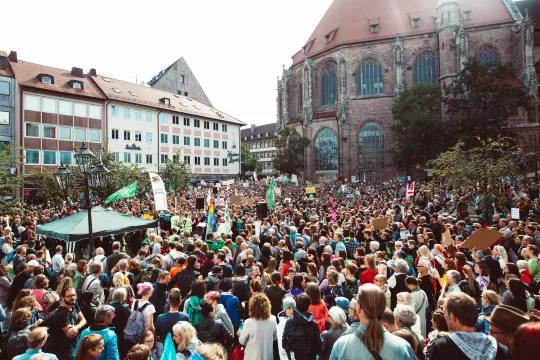Active banners: 2 Visible banners: 2
Banner ID: 12 Has content: true
The Telling Room call to submit Youth Writing and Youth Art Exploring Climate Change
Banner ID: 13 Has content: true
Hi, educators! Share your student reach in our short Impact Survey 📚 Survey Link
What YOU Can Do About Climate Change
Provided by: Jack Harries |Published on: July 5, 2022
Videos
6789101112
Synopsis
- This video explains that the only way to end climate change is to stop causing damage to the Earth and start fixing the damage that has already been done.
- Students will learn that individuals can only do so much and that real change must occur at the cultural and systemic levels.

Subjects: Civics
Authors: Earthrise, Jack Harries
Region: Global
Languages: English
Teaching Materials
Positives
- This video is inspiring and will encourage students to get involved in the climate movement.
- Students will learn how people are working to mitigate the effects of climate change and enact changes that will positively impact our environmental future.
Additional Prerequisites
- Ads may play before and during this video.
Differentiation
- Cross-curricular connections can be made in science or language arts classes that are working on climate change or argumentative writing.
- This video would make a great conversation starter for what students can do about climate change. Consider having students work individually, in groups, or as a class to come up with a plan to counter climate change in their school, community, local, state, or national government.
Scientist Notes
Teaching Tips
Standards
Resource Type and Format
All resources can be used for your educational purposes with proper attribution to the content provider.



